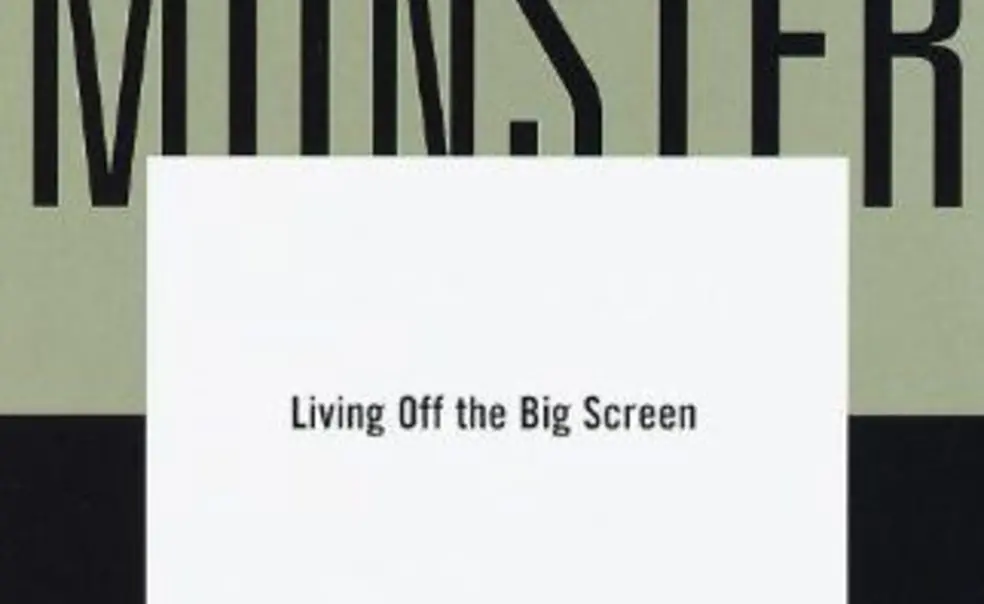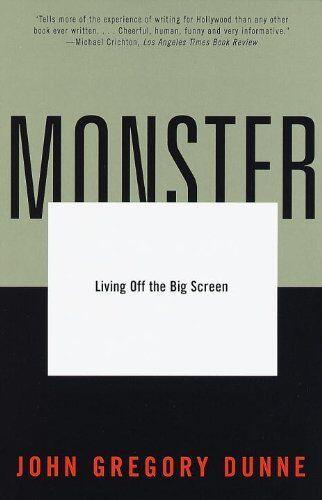Working at the Bottom of the Food Chain
An insider’s chronicle of writing for the movies
The following story was originally published in PAW’s September 10, 1997, issue.
The promise of big money has often prompted literary writers to try their hands at screenwriting. F. Scott Fitzgerald ’17, William Faulkner, and Nathanael West (among others) wrote for the movies. Add to this list the novelist and essayist John Gregory Dunne ’54.
In 1988, plagued by pressing medical bills, Dunne and his wife, the writer Joan Didion, needed motion-picture work to remain covered by the Writers’ Guild health plan. They agreed to write a screenplay for Disney to be based on the life story of Jessica Savitch, the small-town girl turned network correspondent who died in a freak car accident in 1983.
What Dunne and Didion expected to be a lightweight project they would dash off before returning to more serious work turned into a six-year nightmare. In Monster: Living Off the Big Screen, Dunne rivetingly chronicles this nightmare.
From the first script meeting it was clear that Dunne and Didion weren’t going to write the kind of movie they thought they had been hired to write. The Disney executives wanted a Cinderella-type heroine; but the cocaine-snorting, mentally unstable Savitch was no Cinderella. Over the “six more years, four more contracts, two other writers, and 27 drafts” before the movie that became Up Close and Personal reached its first day of principal photography, Dunne and Didion played fairy godmother to Savitch. They transformed her into the older, nicer, more acceptable Tally Atwater, a newsroom Cinderella played by Michelle Pfeiffer who hooks Prince Charming as played by Robert Redford.
Up Close and Personal is a mediocre movie; the book about the movie is terrific. Though Dunne takes pains to explain he isn’t a Hollywood insider (via references to work commissioned by literary periodicals), he’s no stranger to the business. For unversed readers he explains Hollywood jargon: a “whammy,” for example, is a “special effect that kills a lot of people, usually bad people.” Better still are Dunne’s descriptions of Hollywood personalities like Don Simpson (“the classier Hollywood madams were always ready to give him a character reference”); of schmoozing with the Fondas and Hustons at the Foremans’ Christmas buffet; of what Vanessa Redgrave was doing with Rupert Everett at Natasha Richardson’s wedding in Dunne’s Manhattan apartment.
It would be puritanical to write a book about Hollywood without such titillating tidbits, and Monster is a book about Hollywood. It is not, however, a Hollywood book. Dunne’s approach is thoughtful, not starstruck. This nightmarish tale gives rise to a range of philosophical meditations on friendship, sickness, work, play, death. Dunne examines the Hollywood monster, and what he discovers behind it is humanity.













No responses yet